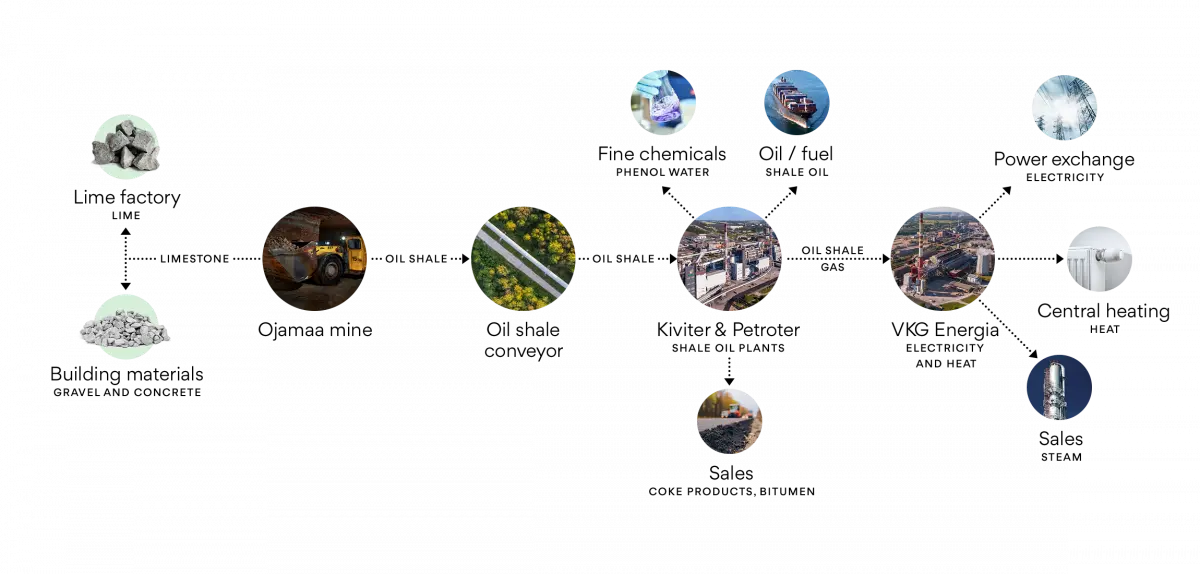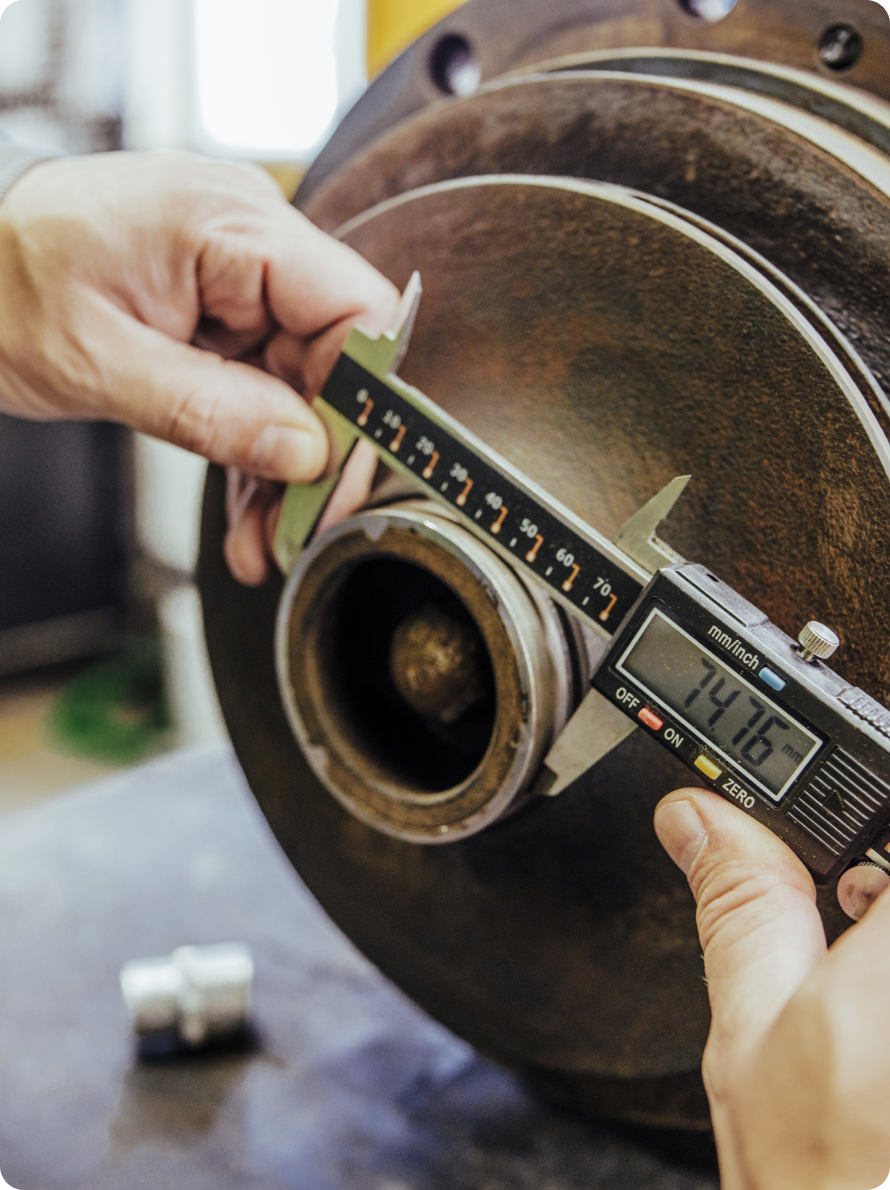VKG’s journey to the Uus-Kiviõli mining site has been a long and challenging one. The Group applied for a permit to mine Uus-Kiviõli in 2004. A year later, Eesti Energia submitted a similar application, and seven years later the Ministry of Climate issued a mining permit to Eesti Energia. Since the Earth’s Crust Act would have required the permit to be issued to VKG, VKG sued the Ministry of Climate. In March 2014, the Supreme Court partially upheld VKG’s appeal and annulled the decision of the Ministry of Climate. After the judgment came into force, Eesti Energia and VKG entered into negotiations to reach a reasonable compromise on the division of Uus-Kiviõli. The parties reached a nuanced agreement in 2019, dividing the Uus-Kiviõli mining site into two mining claims in the proportion of two thirds to Eesti Energia and one third to Viru Keemia Grupp. The Environmental Board agreed with this solution and issued us the corresponding mining permit in 2019, which is valid until 2049 and has a permitted annual limit of 2 million tonnes of geological reserves (the total reserves of the mining claim are nearly 70 million tonnes). We need to use 5 million tonnes of oil shale per year to ensure our normal production process, which is why the cooperation agreement between the two companies also foresees a plan to increase the extraction capacity of the issued mining permits. Our aim is to achieve legal certainty for the extraction of up to 5 million tonnes of oil shale per year, and we are currently carrying out environmental impact assessments in order to adjust the mining permits accordingly.
As the process of modifying mining permits is a time-consuming process and VKG needs to bring the new mine into operation in the near future, in the summer of 2022 we agreed with the state-owned company that until they start using the mine, VKG can take a share of their annual production limit. As a result of this agreement, we will be allowed to mine five million tonnes per year at Uus-Kiviõli until Eesti Energia starts mining.







